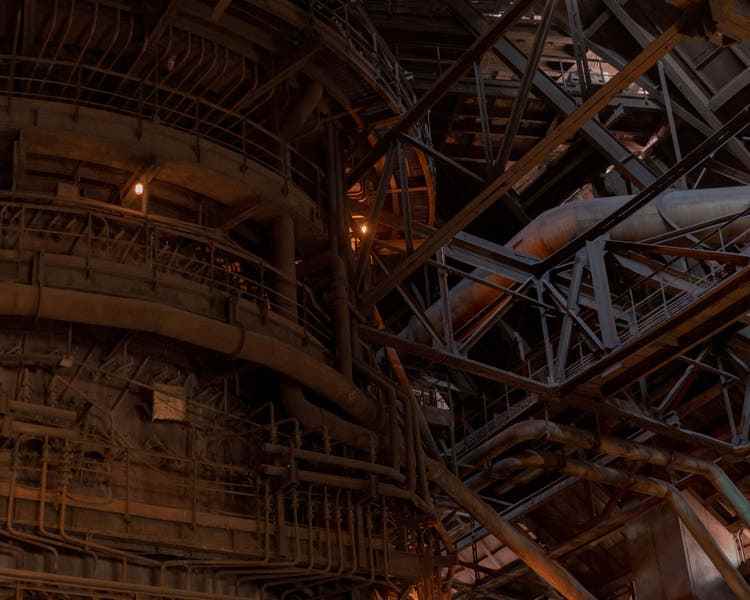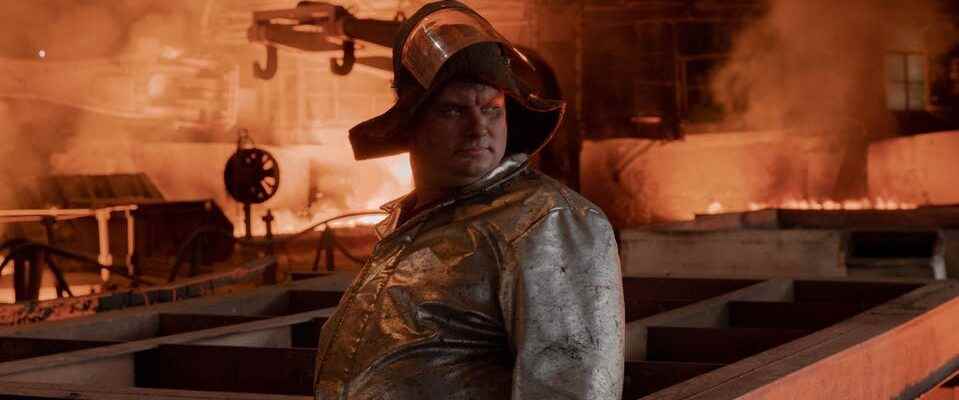The steel works in Kriwi Rih have not been directly damaged by the fighting so far, but they are still suffering from the war. In the hometown of President Zelensky, the industry is now pinning high hopes on reconstruction.
The freshly melted iron flows glistening white from furnace number 6 of the ArcelorMittal steelworks in Kriwi Rih. Men in silver thermal suits take samples to check quality. Temperatures of over 2000 degrees are generated for the melting process.
It hisses and bubbles around the workers in the high, gloomy hall. Orange flames lick up between the metal plates on the floor. Sometimes steam shoots out of one of the valves. The smell of gas and smoke hangs in the air. A blast furnace in full operation is an impressive piece of heavy industry.
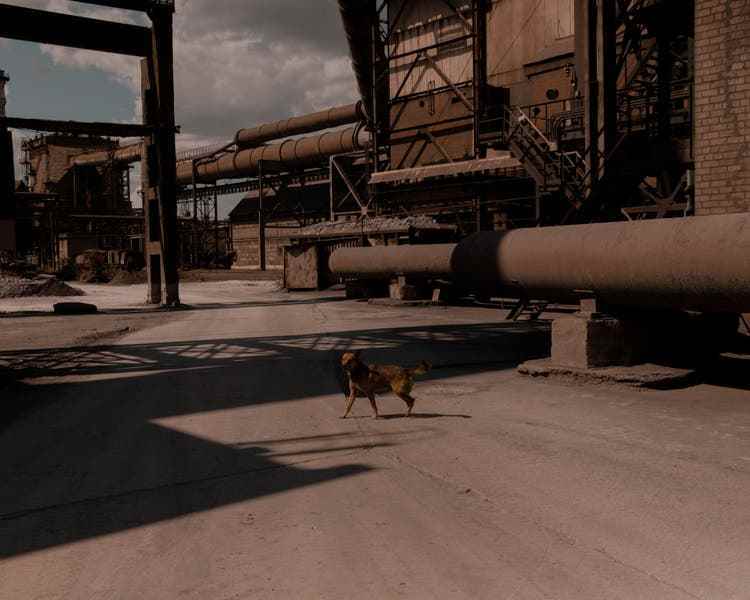
Since the outbreak of war, the Kriwi Rih steel mill has only been running at reduced capacity.
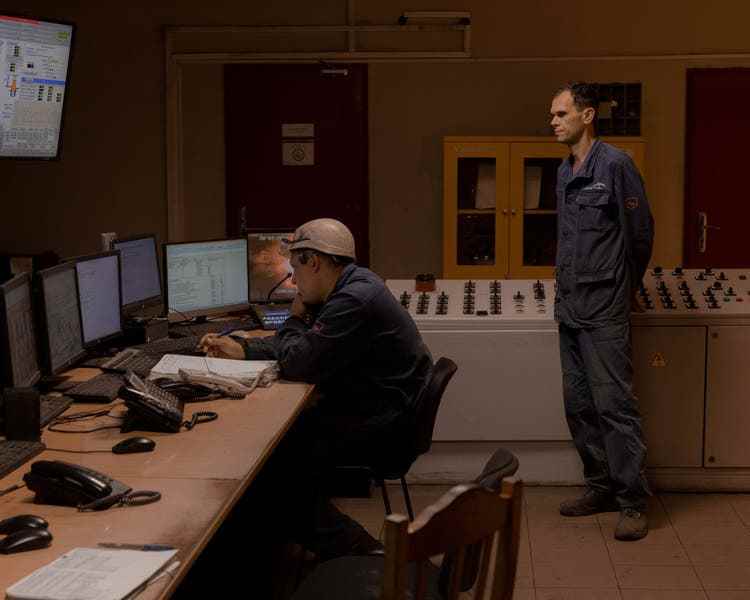
Workers in the control room of the ArcelorMittal steel mill monitor the melting process in the blast furnace.
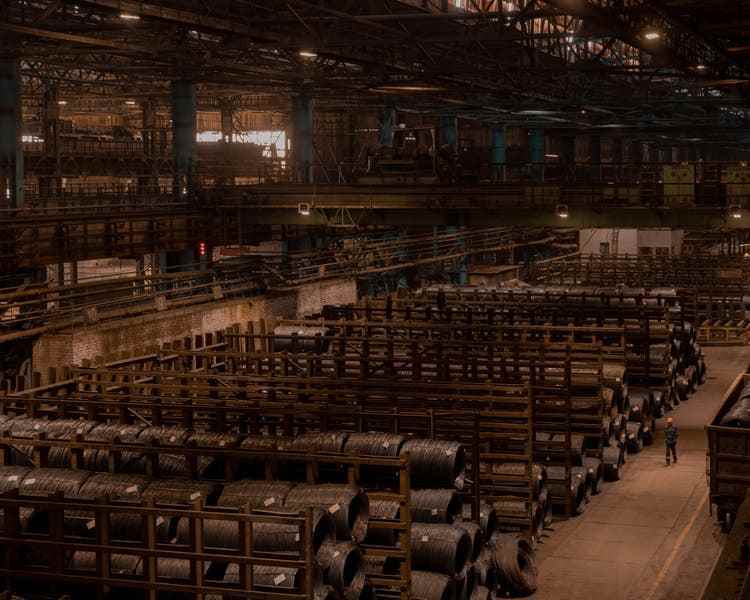
Because of the halt to exports, the warehouses in the steelworks are filling up more and more.
The largest blast furnace in Europe
There are actually six such furnaces on the company premises, including the largest in Europe with a capacity of 5,000 cubic meters. At the moment, however, only one of them is in operation. “All the same,” says Mauro Longobardo, the Italian managing director. “After the war started, we shut down production completely. We didn’t know what to expect.”
The plant of the British-Luxembourg group ArcelorMittal is the largest steel combine in Ukraine. Until privatization in 2005, the company was called Krivroshstal, a typical Soviet neologism. The old company name is still in front of the factory gate in large concrete letters.
On the huge area behind there are blast furnaces, but also mines in mining and open pit mining, a coking plant and numerous other plants that are connected with kilometers of pipes, cables and conveyor belts. 26,000 people are employed here. “We cover the entire production process, from ore extraction to the end product,” says the manager Longobardo.
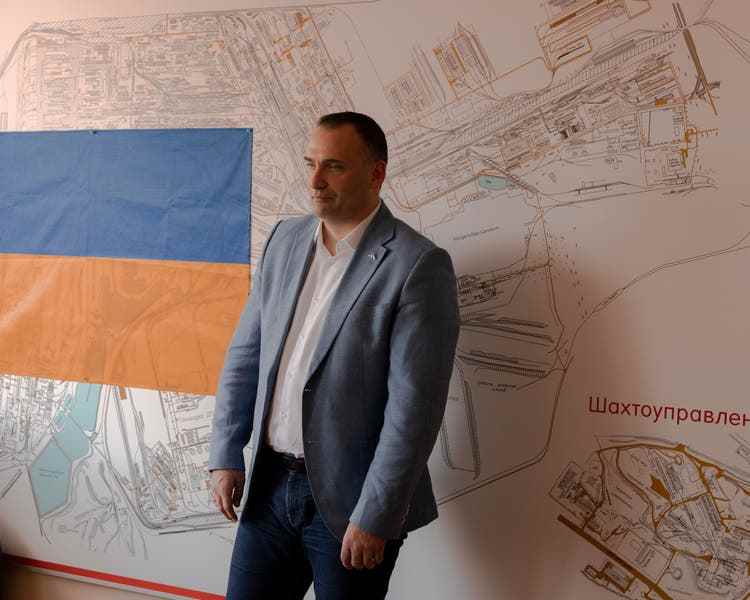
The manager Mauro Longobardo in front of a plan of the huge factory premises.
Big logistical problems
Maintaining this process is difficult in times of war. The biggest problem is the logistics. There is no shortage of ore. In the Krivbass, as the region around the central Ukrainian industrial city is called, the iron content of the soil is so high in some places that compasses no longer work reliably. ArcelorMittal’s own mines alone produced 11 million tons a year before the war.
Getting the coal in the required amounts is a problem. At full production, 350,000 tons are burned monthly. The most important supplier to date has been Kazakhstan. The goods came to Krivi Rih by rail via Russia and eastern Ukraine. This is no longer possible.
The end products such as steel or rolled metal were in turn exported by sea. 85 percent of the annual production of 16 million tons went abroad. Now the warehouses on the company premises are filled to the brim. Not only wheat is waiting for an end to the naval blockade in Ukraine.
Longest city in Europe
Krivi Rih, which means “crooked horn” in English, is the heart of the Ukrainian steel industry. Open-cast mines, winding towers, chimneys and huge factories characterize this thoroughly Soviet city, which never had a center but simply kept growing when a new mine was opened.
Today, the northernmost and southernmost points are about 60 kilometers apart, more than in any other city in Europe. Before the war, the metal industry accounted for 60 percent of Kriwi Rih’s total economic output.
The city is a good example of how war weakens the economy even where there is no major destruction. True, the Russian army advanced from the south in the first days of the attack. As the hometown of President Volodymyr Zelensky, Kryvi Rih is important not only from an industrial and strategic point of view, but also from a symbolic point of view.
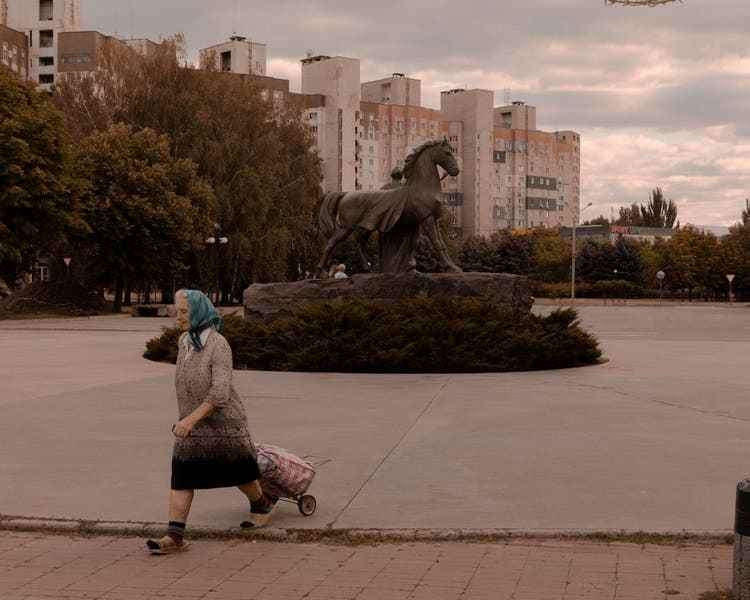
In the center of Kriwi Rih, a monument commemorates the legendary founder of the city. Ukrainian President Volodymyr Zelenskiy grew up in the block of flats in the background.
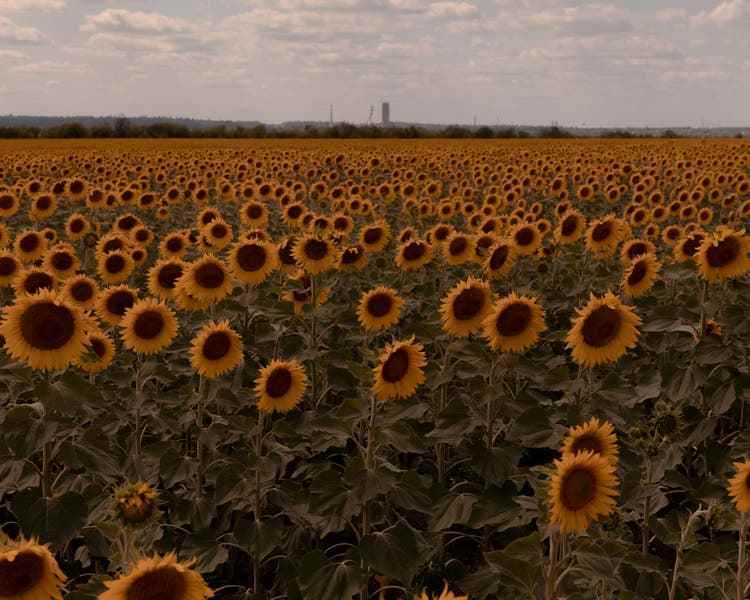
Outside of Kriwi Rih, vast fields of sunflowers stretch to the horizon.
With construction machines against tanks
But the local military administration, in a spirited action, managed to hold back the Russian advance until reinforcements arrived. Both the access roads and the runway of the large military airport were blocked with huge construction machines, which are plentiful in the city.
The Belarusian Belas trucks are among the largest in the world and cannot be pushed away even by a tank. Today the front is about 50 kilometers away and the military initiative is more on the Ukrainian side. There is hardly any war damage in the city area.
“Should the war nevertheless approach the city, then there must not be a second Azov valley here,” says Longobardo. Ukrainian units had been holed up in the large steelworks in the southern Ukrainian port of Mariupol for weeks. The factory was completely destroyed. “I asked the military administration to take this into account in their defense plans,” says the manager.
High costs, low prices
But even without physical destruction, the consequences of the war can be felt. “As a global corporation, we can adjust the supply chains in the medium term in order to continue to produce profitably here,” says Longobardo. However, as long as the Black Sea ports are blocked, this will not be possible to the same extent as before. The sea route is so central that ArcelorMittal has its own terminal in the port of Mikolayiv.
In any case, savings are unavoidable in the transition phase. “We haven’t fired anyone, but many employees have been part-time since July. After all, production is just 20 to 30 percent of the pre-war level,” says the plant manager.
In addition, the costs have risen sharply. Transporting the goods by rail via Poland and the Baltic Sea is three times as expensive as shipping them from Odessa. At the same time, the prices for steel are in the basement due to the low global demand.
It is even more difficult for other companies in the city. The second major corporation, Metinvest, has completely stopped mining iron ore because there are no longer any buyers for it. The company, controlled by the richest Ukrainian, the oligarch Rinat Akhmetov, supplied the two large steelworks in Mariupol, which are now under Russian control, from its mines in Krivy Rih.
Krivbass and Donbass, the two centers of Ukrainian heavy industry, have always been interdependent. A long-term loss of the areas in the east would also affect the industrial area in central Ukraine.
Bulletproof vests for the city’s defenders
“Even before the war, we had the strategic goal of diversifying our economy,” says Deputy Mayor Serhi Miljutin, a tall man with a long beard and a powerful belly who, like many Ukrainian politicians, has only worn field green since the outbreak of the war. “Now it’s even more urgent.”
A success story for this is an inconspicuous sewing workshop that previously produced simple items of clothing. The company, which is in public hands, was upgraded and now produces, with significantly higher added value, uniforms, but also stretchers and bulletproof vests for the volunteer battalions of the so-called territorial defense.
After all, there are now a thousand jobs in the city in the so-called light industry, explains Miljutin during a tour. Most bulletproof vests protect their wearers with relatively light but expensive Kevlar panels. However, the protective material of the vests made in Kriwi Rih is made of steel, in keeping with the city. “We’ve had enough of that,” says Milyutin.
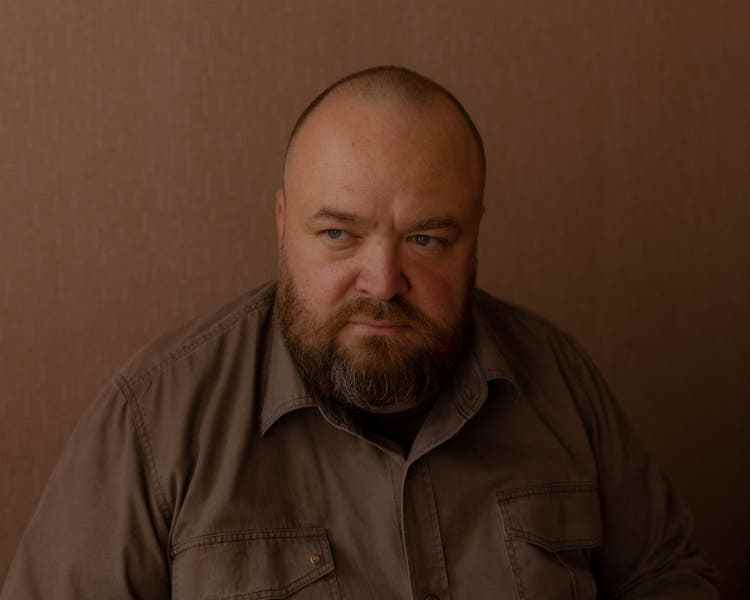
The deputy mayor of Krivi Rih, Serhi Miljutin, is committed to diversifying the economy.
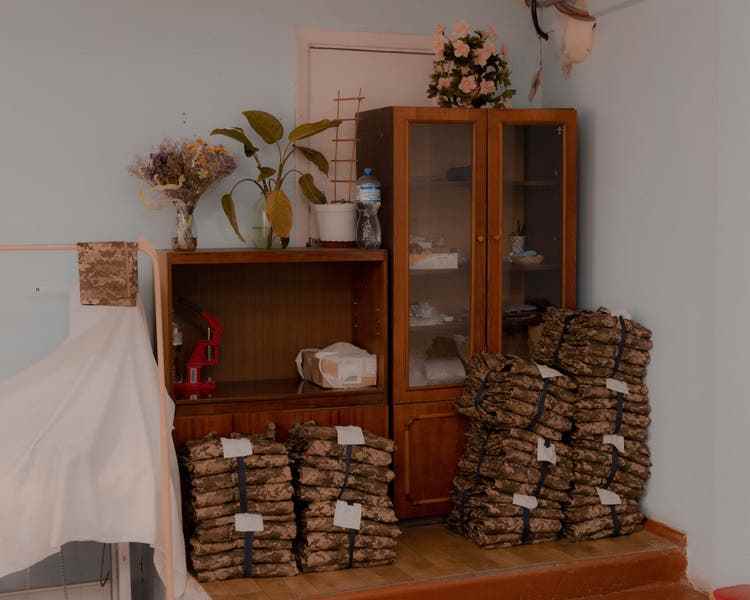
A sewing workshop in Kriwi Rih has switched to producing military clothing since the war.
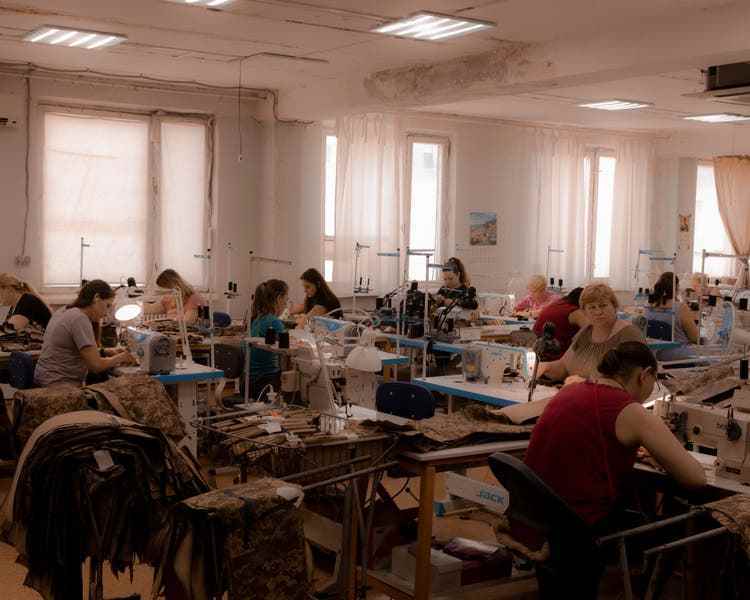
The workers sewed together early dresses using simple patterns. Today they produce uniforms, but also bulletproof vests.
hopes for reconstruction
In Kriwi Rih there will be no getting around steel for a long time. The importance of the city as a center of heavy industry is likely to increase after the war, according to calculations by ArcelorMittal steelworks manager Longobardo.
Before the war, Ukraine produced 22 million tons of steel, 9 million of them in Mariupol alone. These capacities are lost for a long time. “With 6 million tons a year, we are now by far the largest producer,” says Longobardo.
The city administration even says that Kriwi Rih will account for up to 20 percent of economic output after the war. That seems unrealistic for a city with 650,000 inhabitants. For the steel industry, however, the Krivbass will certainly be the most important location for the foreseeable future – and thus also play a major role in the reconstruction.
“Our products are mainly used in the construction industry,” says Longobardo. If demand in Ukraine increases, the export share will be reduced. That also solves the logistical problems associated with exporting the goods. “The reconstruction of the country is also very promising for us from a business point of view.”
